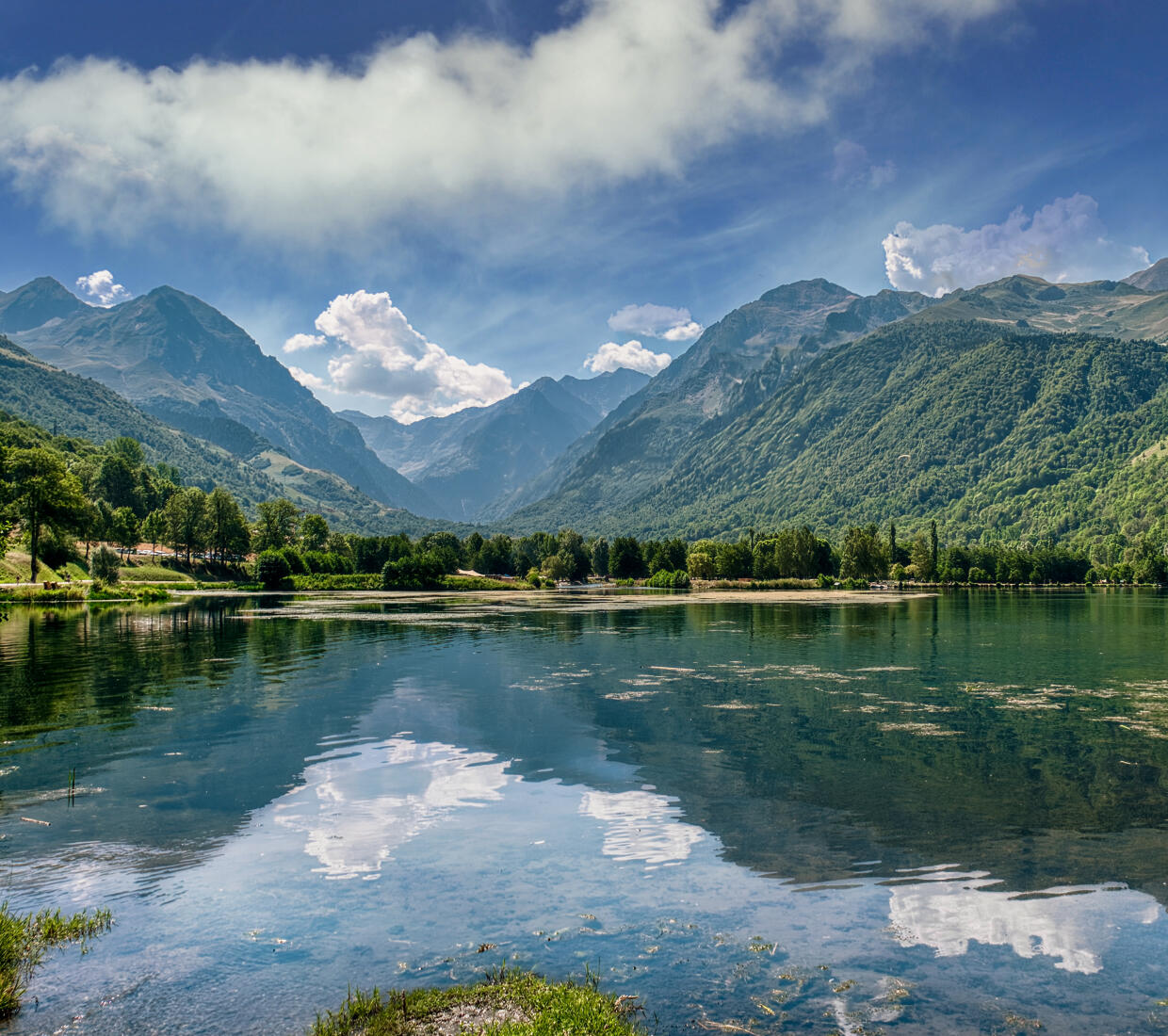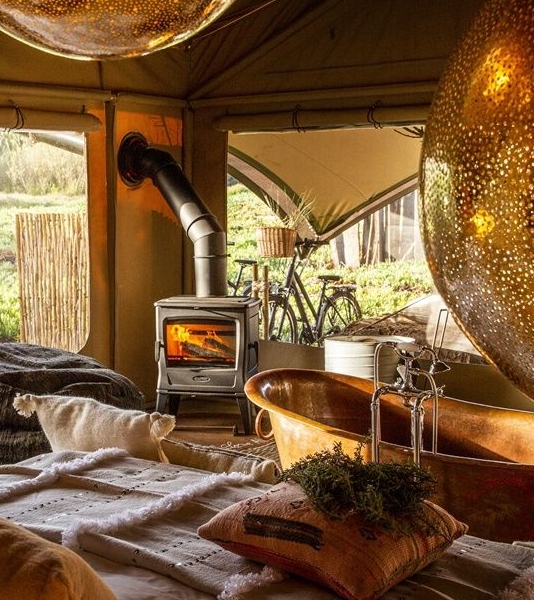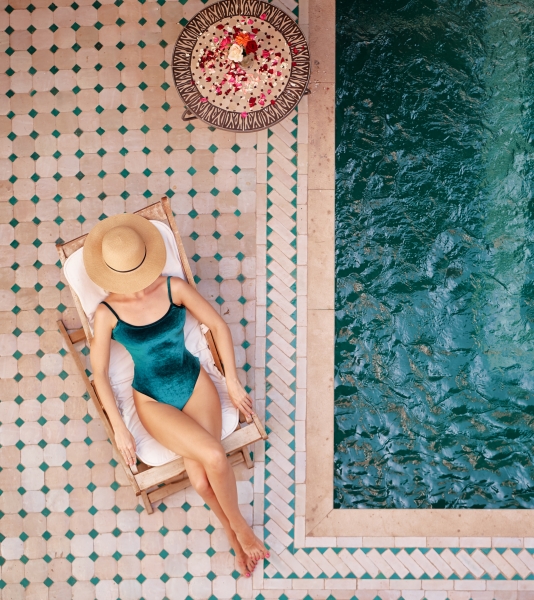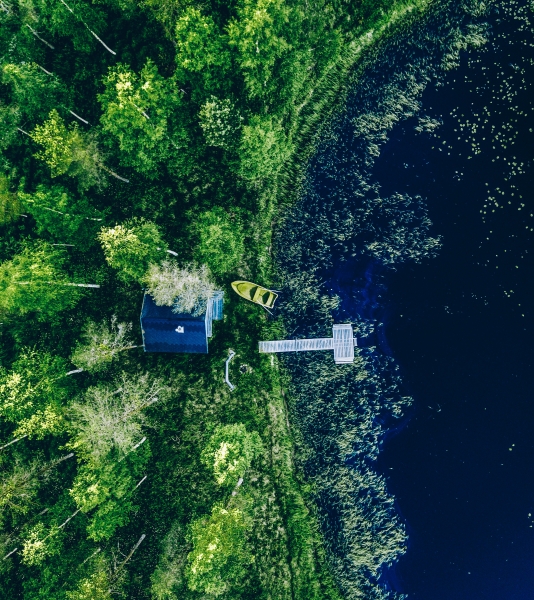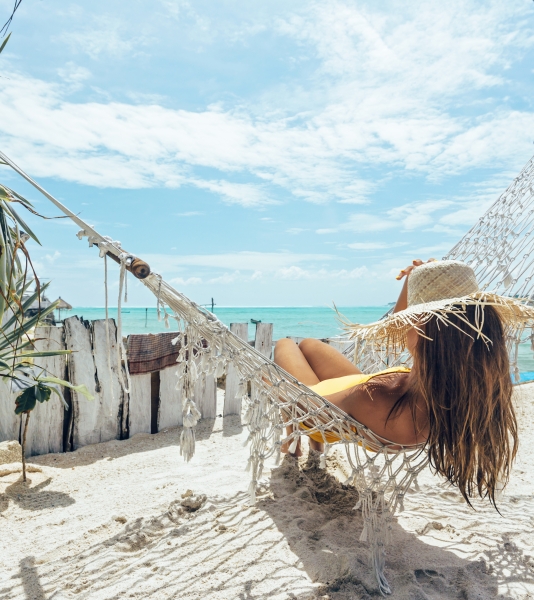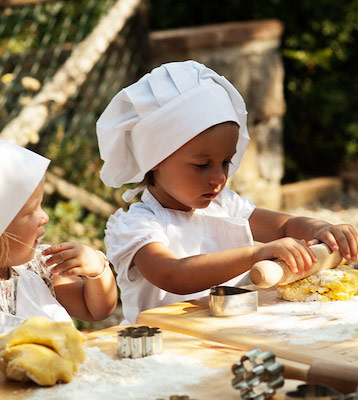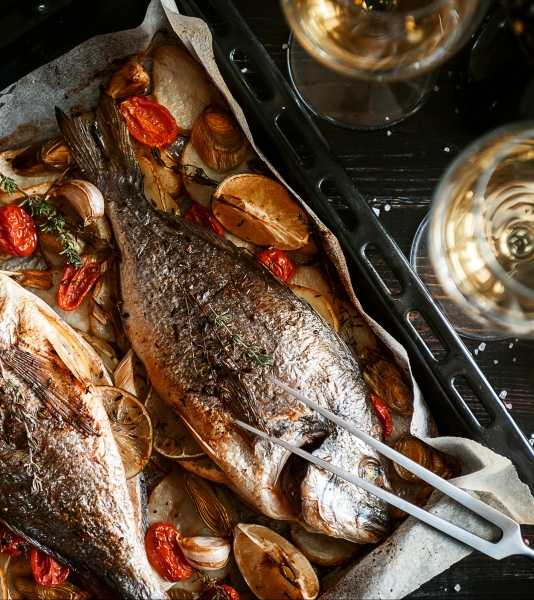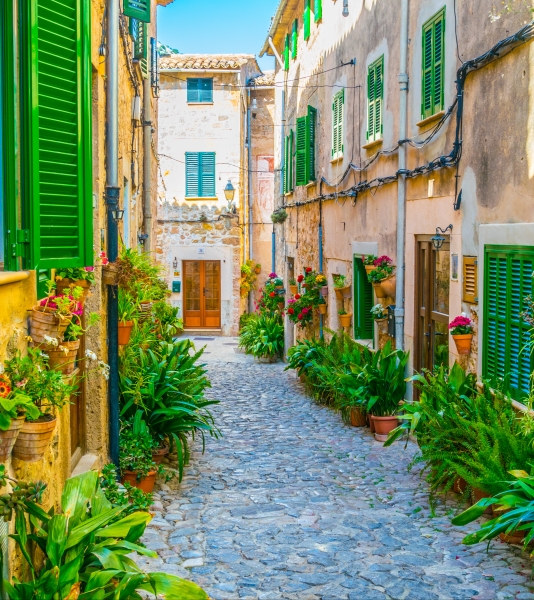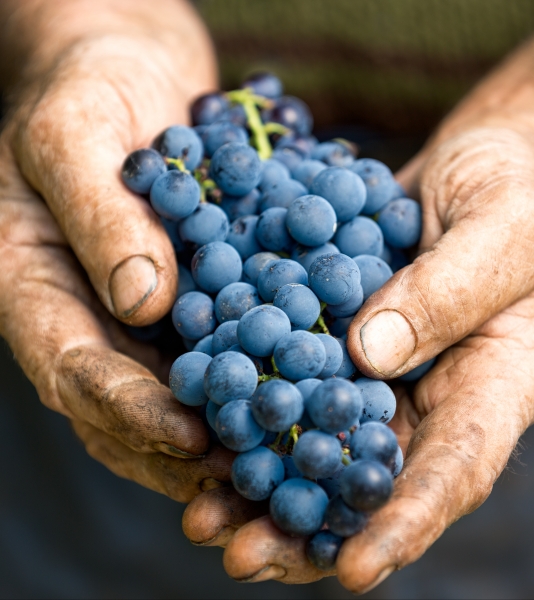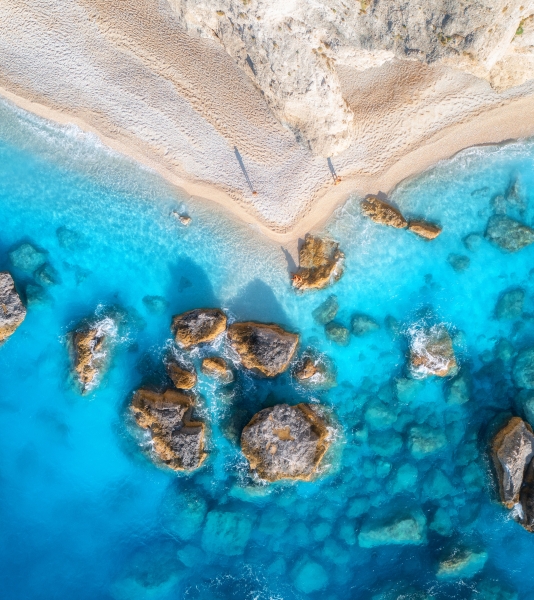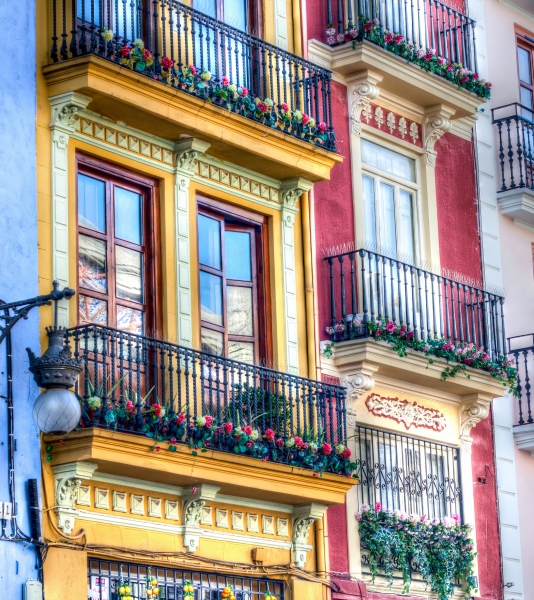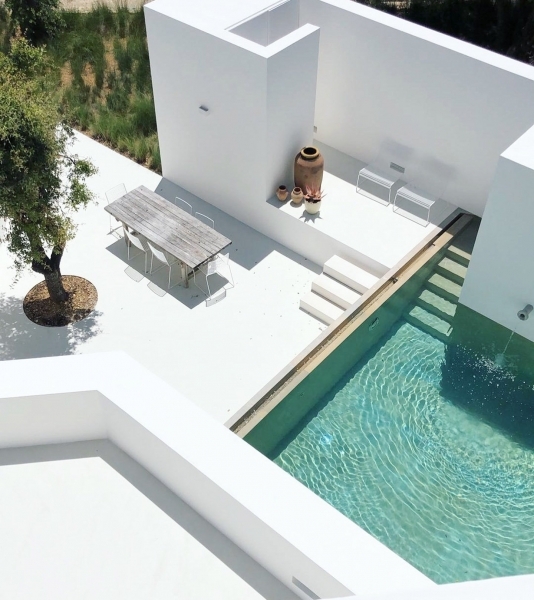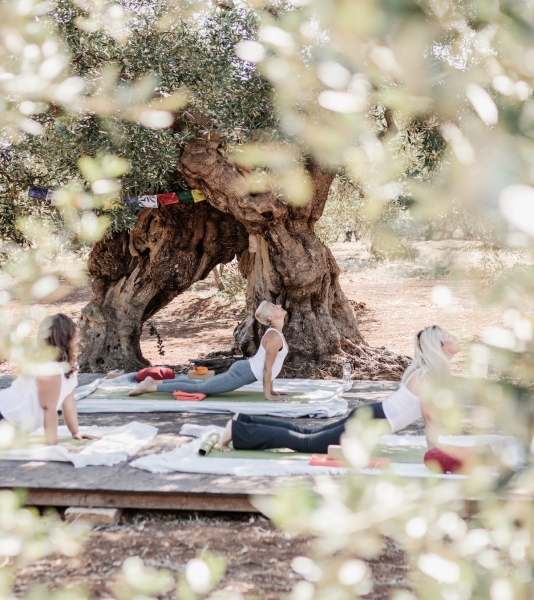Best places to stay in Occitanie?
The region of Occitanie, created in 2016 by the merger former regions Languedoc-Roussillon and Pyrenees-Orientales, encompasses a significant piece of southwestern France. It’s sheer size and unique position as one of France’s least visited regions, means there exist innumerable possibilities for authentic places to stay in Occitanie. Find your ideal accommodation and get original ideas for places to visit, things to do and what to eat in the region by reading our travel guide for Occitanie. From stylish boutique hotels in Montpellier, cool holiday homes near Carcassonne or unique castle hotels in the foothills of the Pyrenees - we have created a handpicked selection of the best boutique hotels and holiday homes in Occitanie.
The former Languedoc-Roussillon region comprises many départements, including Aude, Gard, Hérault and Pyrénées-Orientales, just to name those most worth visiting in our opinion. We have visited the region and would like to share with you our picks for the best places to stay in Languedoc-Roussillon. Despite boasting a significant stretch of France’s Mediterranean coast, the region is nowhere near as busy as the Côte d'Azur and therefore offers a more relaxed and authentic experience.
Further inland, Midi-Pyrenees is a region rich in history and ideal for nature lovers. Aside from Toulouse, you will be forgiven for not knowing any of the départements making up this region, such as Gers, Haute-Garonne and Tarn. Fortunately, we have found some of the most unique places to stay in Midi-Pyrenees and collated them in this short travel guide. The region also shares a border with Spain in the south and is dotted with some of France’s most beautifully preserved medieval castles and villages. The region is particularly characterised by its scenic diversity and offers great natural treasures: from the mountains of the Pyrenees to impressive gorges and caves.
Wherever you wish to travel within this beautiful region, we hope that this short travel guide on Occitanie will help you learn a bit more about the essential sights and some hidden delights we hope for you to see. Due to the sheer size of this new ‘super region’ and the still more common reference to its former sub-divisions of Languedoc-Roussillon and Midi-Pyrénées amongst locals, we have divided each part of this guide in two and into the départements belonging to these former regions.
This short travel guide will cover:
• Where to stay in Occitanie
• What to do in Occitanie
• Gastronomy in Occitanie
If you have specific preferences or already know the kind of accommodation you’re after, the following collections could guide you to the ideal place to stay:
• Luxury hotels and villas in Occitanie
• Holiday homes and villas in Occitanie
• Wine hotels and wineries in Occitanie
• Family friendly hotels in Occitanie
Best places to stay in Occitanie? The former region of Languedoc-Roussillon
The départements of the former region of Languedoc-Roussillon are a particularly beautiful destination in the south of France. The incredible diversity of the region – the Camargue, the coast, the mountains and the viticulture – has always been a special attraction for visitors. The area stretches along the Mediterranean coast between the border with Spain and the Provence in the west and the Auvergne in the north. It is paradise for beach lovers and hikers alike. But it also has a rich history that can be experienced here.
Where to stay in Aude – a journey to the middle ages
The département of Aude is a paradise for travellers looking for the original and unspoilt. Here, history, nature and pleasure merge into a unique experience. From the imposing medieval fortified city of Carcassonne to the sun-drenched vineyards of the Corbières and Minervois, Aude will enchant you with its rich cultural heritage and diverse landscapes. Climb the mysterious Cathar castles, explore the unspoilt beaches of the Mediterranean or be inspired by the lively markets and Mediterranean joie de vivre of the charming villages. Aude is a place where you can feel the soul of the south.
Boutique hotels, chambres d’hôtes and holiday flats in Aude département
Where to stay in Gard: in the footsteps of the Romans
If you want to go even further back in time, discover the many traces of the Roman occupation of Gaul scattered throughout the département of Gard. Explore the city of Nîmes, a city also known as the "French Rome" because of its impressively preserved Roman amphitheaters and its ancient Roman temple, the Maison Carrée, among others. In Uzès, narrow streets lead to shady squares where a lively local market fills the air with the scent of olives, cheese and wild herbs on Saturdays, inviting you to a more intimate experience of French culture. Between the two cities lies the Pont du Gard, an ancient Roman aqueduct that is now a UNESCO World Heritage Site. It rises majestically above the Gardon River and used to transport water over 50 km from Uzès to Nîmes. Further inland, the Cévennes National Park offers hiking trails through low mountains and hills, punctuated by waterfalls and picturesque villages overlooking the valleys.
Boutique hotels, chambres d’hôtes and holiday flats in Gard département
Where to stay in Hérault: historic estates on the wine route
The Hérault is another magical département of the Occitanie region and showcases a more multi-layered introduction to the south of France, where the call of the Mediterranean mixes with the scent of the inland vineyards. Montpellier is bursting with youthful, lively energy, and the historic squares are bustling with cafés, while nearby Pézenas, with its market streets and artisan shops, invites you to take a slower pace. On the coast near Bèziers, the towns of Sète and Mèze have retained an unpolished charm, with quiet beaches and harbours full of fishing boats and fish stalls. Inland, the River Orb meanders quietly through wild gorges, while the vineyards of villages such as Quarante and Puissalicon bear witness to Languedoc's long winemaking tradition. We have put together a list of the best boutique hotels and cosy B&Bs in Hérault, some located in historic wine estates, where guests can taste wines, stroll through the cellar corridors or simply watch the sun set over the vines.
Where to stay in in the Pyrénées-Orientales: the French Catalonia
In the Pyrénées-Orientales, the south of France feels unmistakably Catalan, a place where the Pyrenees gently meet the Mediterranean Sea. This heritage shapes daily life here - from the flavours of the food to the rhythms of the festivals. In Collioure, with its lively harbour promenade and ochre houses, you can feel the spirit that once attracted artists like Matisse, while inland, villages like Ortaffa and Prats-de-Mollo offer a calmer picture of Catalan traditions. Local products are offered at the markets, and each café has its own interpretation of regional classics such as escalivada and cargols. At the family-run boutique hotels and B&Bs in Pyrénées-Orientales, staying feels like an extension of local life - the hosts are happy to tell stories, recommend nearby hiking trails or offer a taste of homemade ratafia. The landscape is rich in Romanesque churches, secluded valleys and mountain trails that seem to lead directly into the heart of Catalonia.
Best places to stay in Occitanie? The former region of Midi-Pyrénées
Further inland, the former Midi-Pyrénées region, centred on the vibrant city of Toulouse, offers a journey through some of France's most fascinating landscapes and historic cities. From the "pink city" with its terracotta colours and lively café culture to the quiet valleys and medieval bastides, the region combines natural beauty with a deep sense of history. The south is characterized by the Pyrenees, the north and northeast belong to the low mountain ranges, while the central part of the region is rather flat and characterized by the course of the Garonne River. We will introduce you to the most beautiful places with the best accommodations in the Midi-Pyrénées - from cozy, family-run B&Bs in the Tarn to boutique hotels in Toulouse.
Where to stay in in the Haute-Garonne: from Toulouse to the Pyrenées
From Toulouse the capital of the Haute-Garonne, a city full of colours and particularly known for the pink colouring of the bricks of many houses to the tranquil countryside dotted with sunflower fields and medieval villages, this département of Haute-Garonne offers a blend of urban sophistication and rural serenity. The Pyrenees in the south provide breathtaking landscapes for outdoor enthusiasts, while the Garonne River meanders through the region, adding to its timeless beauty. Haute-Garonne is a haven for those who appreciate culture, history, and the slower pace of life in authentic surroundings.
For accommodations, Haute-Garonne boasts a variety of unique and character-filled options. Stay in a chambre d’hôtes hosted in charming townhouses or countryside estates, where personal touches and regional flavours abound. Renovated farmhouses and gîtes offer a rustic yet comfortable retreat, often surrounded by lush gardens or vineyardsEach accommodation type reflects the essence of Haute-Garonne – a perfect mix of authenticity, comfort, and local charm.
Where to stay in in the Gers Département: a taste of Gascony
The most beautiful places to stay in the Gers are definitely its numerous small villages where life follows the seasons and the country is marked by the proud agricultural tradition of Gascony. Known for its sunflower fields and rolling vineyards, this rural département invites travellers to discover a France that feels calm and rooted. In small towns like Lectoure and Condom, you'll find bustling weekly markets selling everything from foie gras to local Armagnac, and medieval streets that lead to quiet squares for a leisurely coffee. Charming small B&Bs and boutique hotels in the Gers offer overnight stays that blend into the landscape, with hosts often willing to share stories about the region's deep culinary heritage. Gers is not a place to hurry, but to enjoy slowly, in harmony with the rhythm of the landscape.
Where to stay in in the Tarn Département: life on the rivers of the Tarn
The Tarn is a département shaped by its rivers, where the gentle course of the Tarn, Agout and Aveyron rivers has given rise to charming riverside towns and villages. Albi, which sits on the Tarn, beckons with its large red-brick cathedral and winding medieval streets, while nearby Castres shines with its colourful riverside houses beautifully reflected in the agout. Lesser-known villages such as Cuq-Toulza and Saint-Sulpice offer quiet, scenic stays with their stone bridges, narrow streets and inviting squares. The best places to stay in Tarn are often family-run B&Bs and beautiful holiday homes near these waterways, often overlooking green valleys and fields beyond. Here, the riverbanks are perfect for strolling, and the landscape invites you to take things slow and enjoy the timeless atmosphere of the South of France.
Our collections
Don’t know where to go? Let our collections inspire you.

